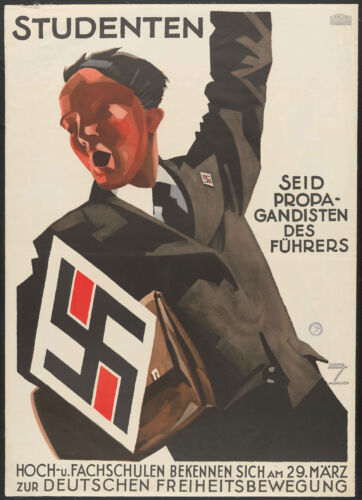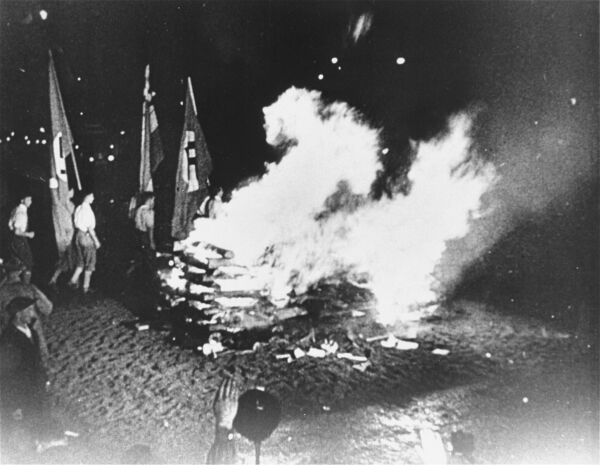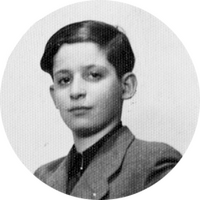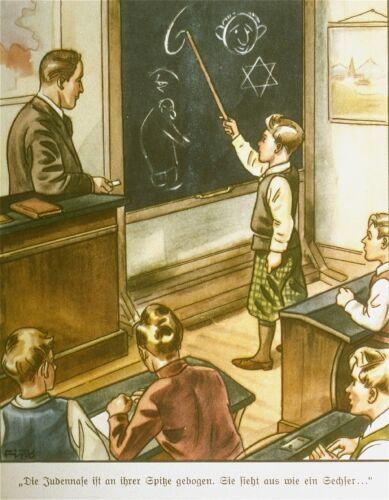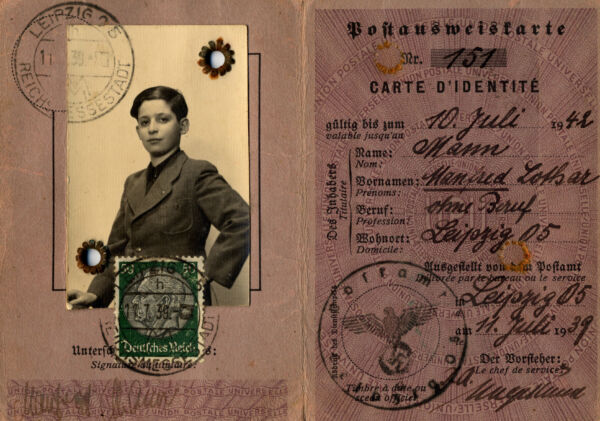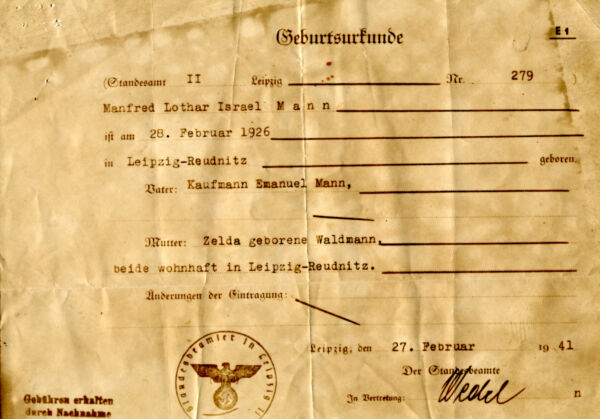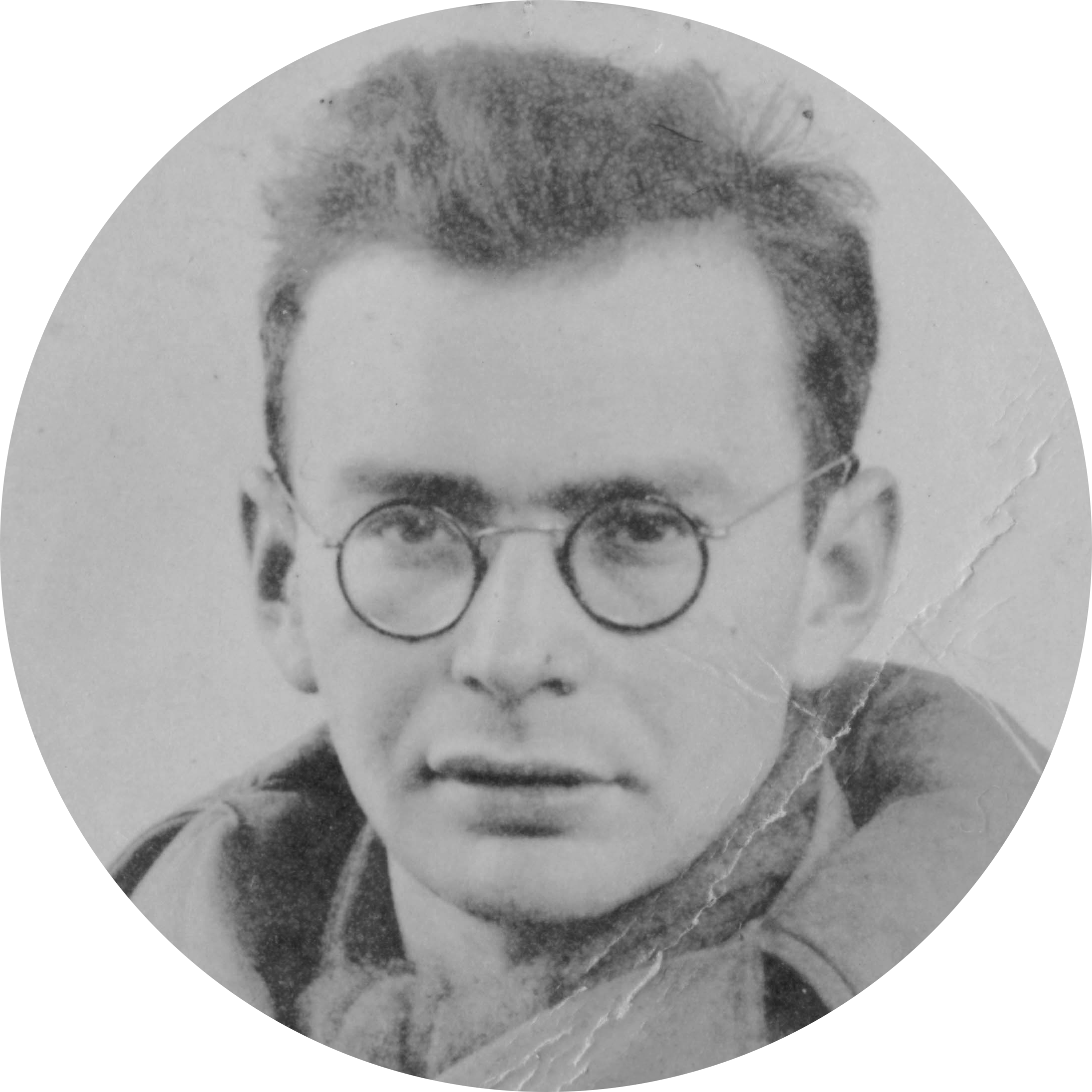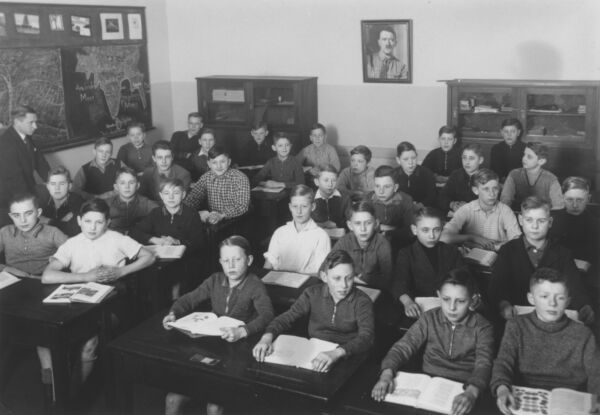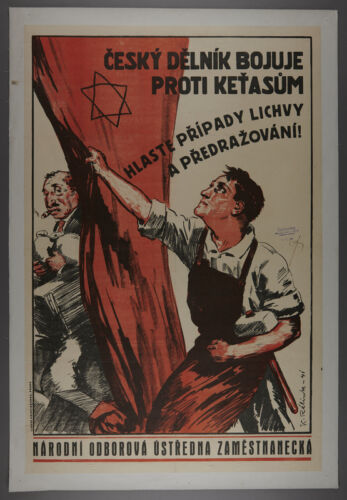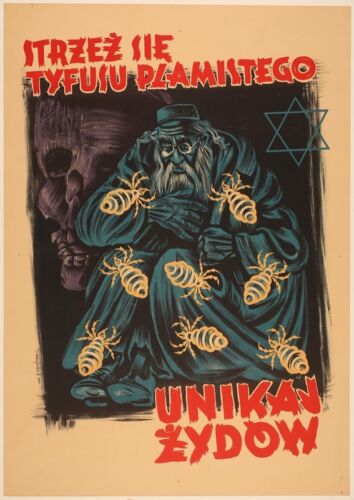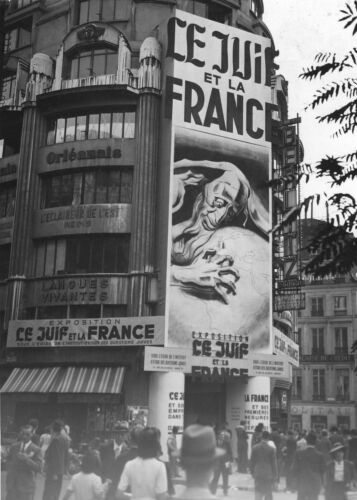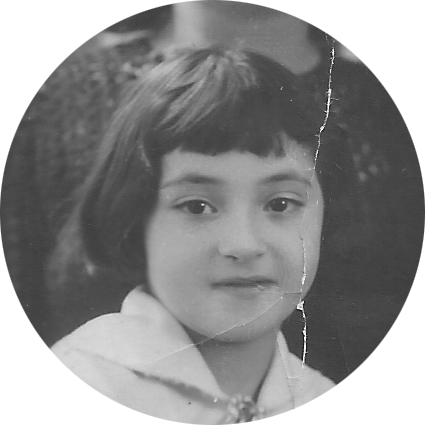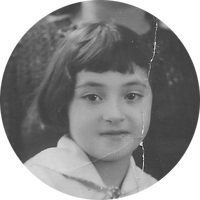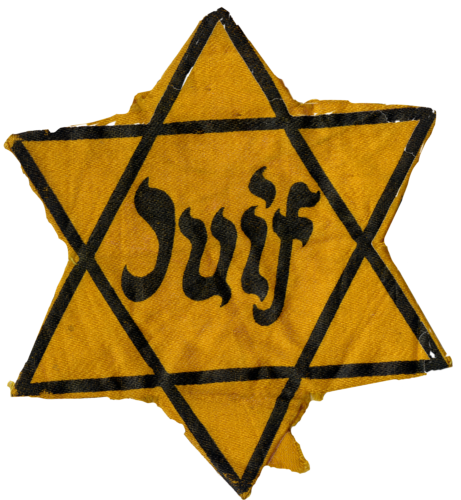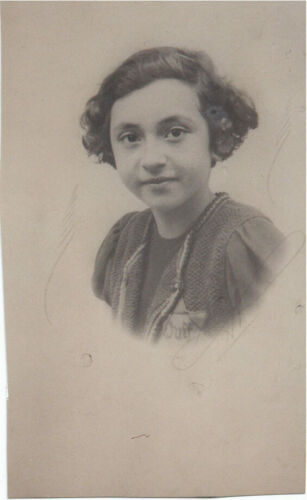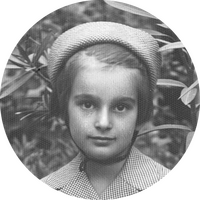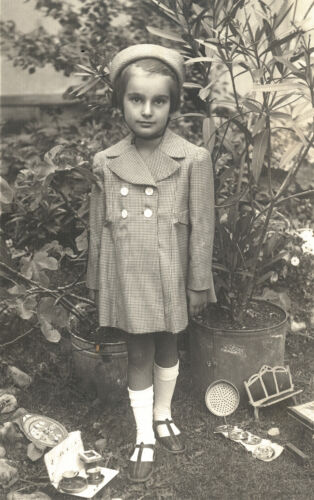Chapter 1
Targeting Jews
In 1933, a student sitting in a math class in their hometown of Berlin opens their textbook and reads the first equation: The Jews are aliens in Germany — In 1933, the German Reich had 66,060,000 inhabitants, of whom 499,682 were Jews. What is the percentage of aliens?
Scroll Down


German children reading the antisemitic schoolbook Der Giftpilz (The Poisonous Mushroom, published in 1938), warning children about the supposed dangers posed by Jews. Nuremberg City Archives E 39/I No. 2381/5.
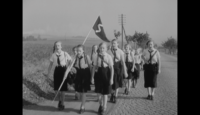
Nazism in Daily Life in Germany
01:10
Nazis Take Control of German Media and Culture
Nazi student groups burned tens of thousands of books by Jewish and socialist authors, and destroyed any other works that criticized the Nazi regime. This was a targeted attempt to influence German culture and silence voices that didn’t agree with Nazi beliefs.
Did you know that?
In 1932, about
14%
of Jewish youth in Germany went to Jewish schools. Because of the rise of antisemitism in the years that followed, many Jewish students were harassed by teachers and students in public schools and some were forced to leave.
By 1937, about
60%
of Jewish youth in Germany attended Jewish schools.

Brainwashing
01:22
“Schoolmates were baiting me and sneering, ‘There’s no place for you here.… We have no use for you. You’re responsible for all our troubles.’ They would become frenzied. It wasn’t possible for me to study among them or to be among them. … I told my father that I could no longer attend a public Gymnasium, that I couldn’t stand it….”
Anti-Jewish Propaganda in Nazi-Occupied Countries
Isolated from Friends
00:54
Nate Leipciger noticed a change in his friends after the Nazis occupied his city.
Afraid at School
“It was a miserable situation for us — the gentile students and teachers had only contempt for us… We were so terrified of the gentile students that during recess, when we had to leave the classroom, we went to the washroom and hid until the bell rang. It was the only way we could think of to avoid the constant abuse.”
Being Marked
Between 1939 and 1945, Jews living in Nazi-occupied territories were forced to wear a badge or armband featuring a Star of David. This marked them and separated them from “Aryans.” Jews had to wear this badge at all times when they were in public. Identifying Jews this way made it easier for the Nazis to control and persecute them.
Yellow Star
00:22
cards
Propaganda
Youth in Germany were exposed to Nazi propaganda in many different ways. Click on “Learn more” to reflect on two such examples. Note that the images contain negative and inaccurate stereotypes.
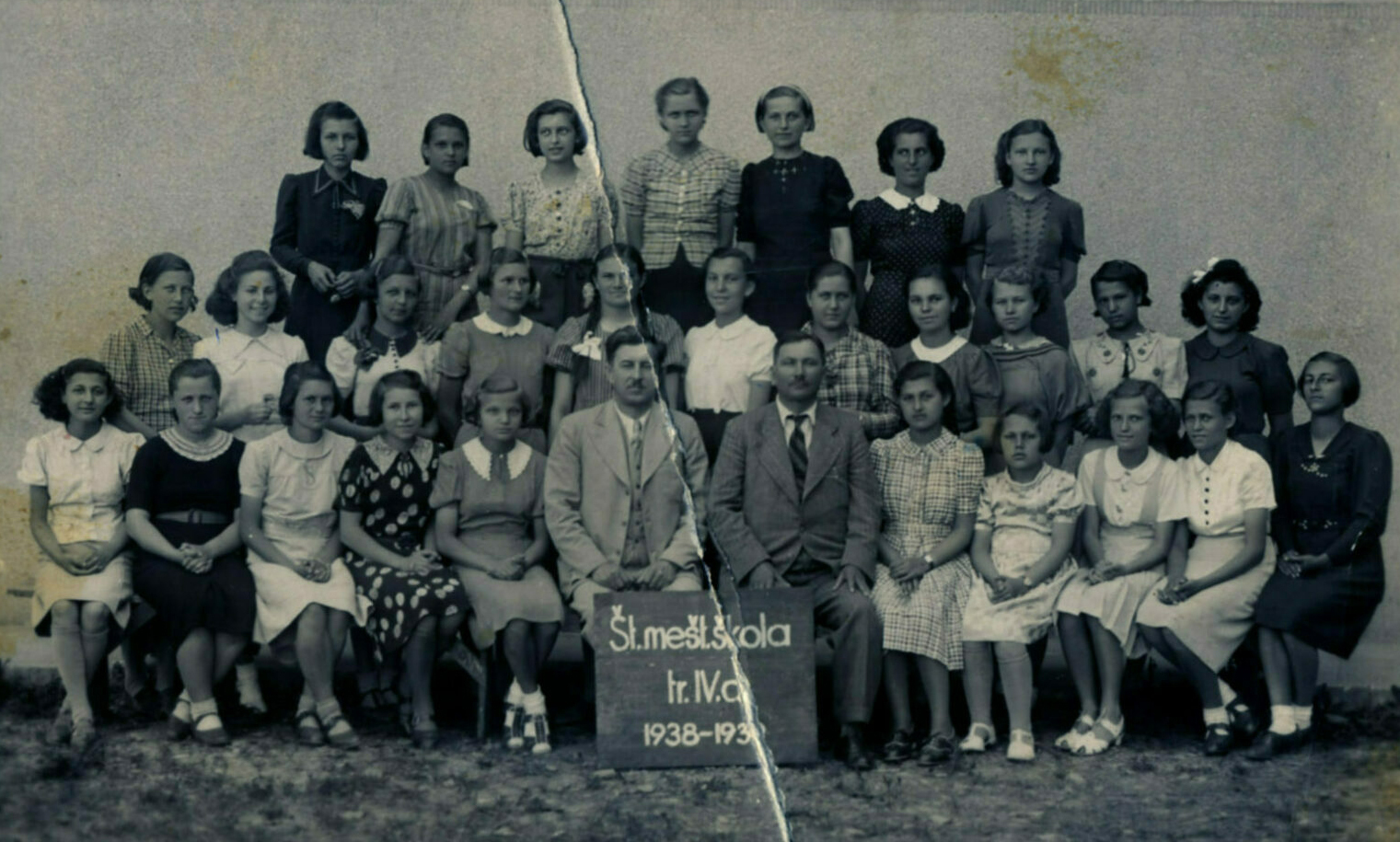
Chapter 2

